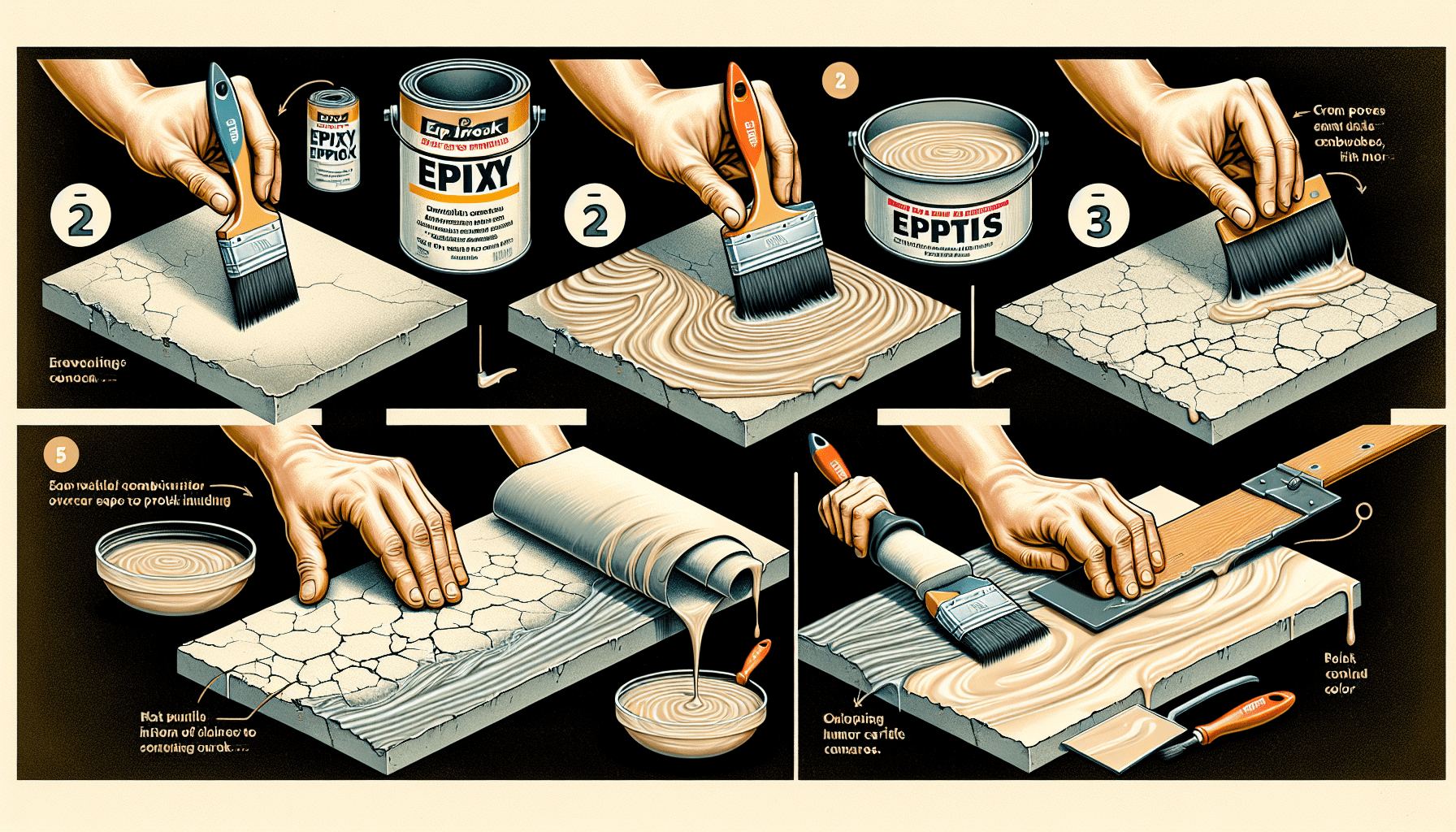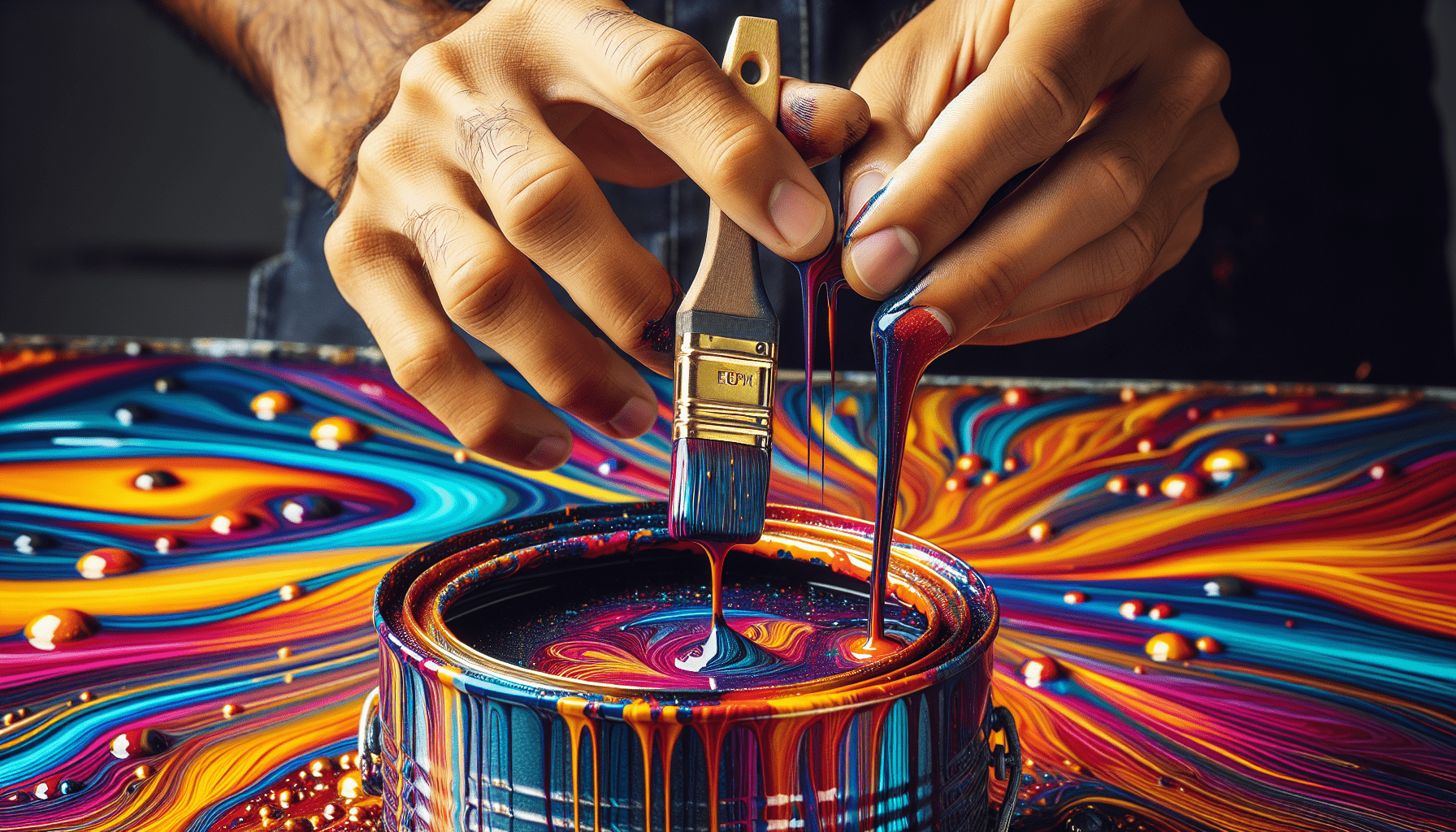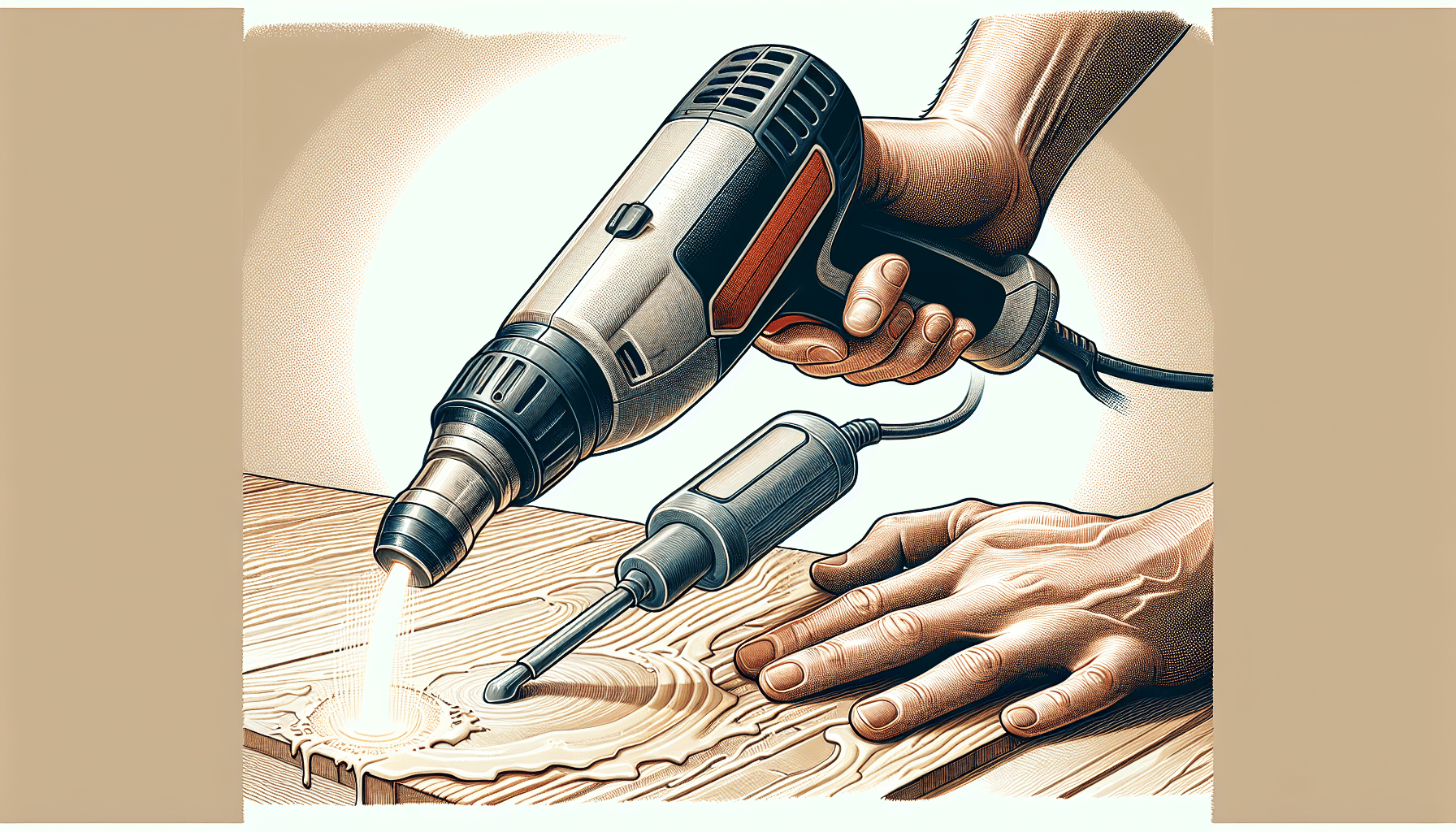Applying epoxy coatings to concrete surfaces has become increasingly popular due to its durability, protective properties, and aesthetic appeal. However, a common question that arises is whether it is possible to apply epoxy over painted concrete. In this article, we will examine the feasibility of using epoxy on painted concrete surfaces, considering the compatibility, adhesion, and potential challenges one may encounter during the process. By addressing these concerns, you will gain a better understanding of whether or not epoxy can be successfully applied over painted concrete, ultimately aiding you in making an informed decision for your flooring project.
Understanding Epoxy and Painted Concrete
Epoxy and painted concrete are commonly used solutions for protecting, enhancing, and beautifying concrete surfaces. Whether you are considering applying epoxy over painted concrete or if you are simply curious about the differences between the two, it is essential to have a comprehensive understanding of these materials. In this article, we will delve into the world of epoxy and painted concrete, exploring their characteristics, benefits, application processes, and maintenance requirements.
Epoxy Coating Overview
Epoxy coating is a polymer-based material that consists of a resin and a hardener. When mixed together, these components chemically react and form a strong and durable bond. The resulting coating is highly resistant to wear, chemicals, stains, and moisture, making it an ideal choice for protecting concrete surfaces. Epoxy coatings provide a high-gloss finish, enhancing the aesthetics of the concrete while also increasing its longevity.
Types of Epoxy Coatings
Several types of epoxy coatings are available in the market, each catering to specific needs and requirements. These include solvent-based, water-based, and 100% solid epoxy coatings. Solvent-based epoxy coatings are easy to apply and offer excellent adhesion, but they release volatile organic compounds (VOCs) during the curing process. Water-based epoxy coatings are environmentally friendly and have low VOC content, making them a popular choice for residential applications. 100% solid epoxy coatings are highly durable and offer exceptional resistance against chemical spills, making them favored in industrial settings.
Painted Concrete Explanation
Painted concrete, on the other hand, involves applying a layer of paint directly onto the concrete surface. Unlike epoxy coatings, which chemically bond with the concrete, paint adheres to the surface through mechanical adhesion. Painted concrete provides a decorative finish, primarily focusing on enhancing the appearance of the concrete rather than providing long-term protection. While paint can offer some level of protection against minor abrasion and stains, it is generally not as durable or long-lasting as epoxy coatings.
Advantages of Using Epoxy on Concrete
When it comes to enhancing and protecting concrete surfaces, epoxy coatings offer numerous advantages over painted concrete. Firstly, epoxy coatings provide exceptional durability, withstanding heavy foot traffic, vehicle traffic, and even industrial settings. They are highly resistant to chemicals, making them suitable for garages, workshops, and industrial facilities where spills may occur. Epoxy coatings also offer superior moisture resistance, preventing water seepage into the concrete and protecting it from damage. Additionally, epoxy coatings are available in a wide range of colors and finishes, allowing for endless customization options to match any aesthetic preference.
Preparation Steps
Before applying epoxy over painted concrete, several crucial preparatory steps must be taken. These steps ensure proper adhesion and ensure the longevity of the epoxy coating. The preparation process involves cleaning the surface, removing loose or flaking paint, repairing cracks or damages, and etching or abrading the painted surface.
Cleaning the Surface
Cleaning the surface is a vital initial step in preparing the concrete for epoxy application. Ensure that the surface is free from dust, dirt, oil, grease, and other contaminants that can hinder proper adhesion. Thoroughly sweep or vacuum the surface to remove loose debris. Next, clean the surface using a concrete cleaner or degreaser to remove any stubborn stains or oily substances. Rinse the surface thoroughly with clean water, and allow it to dry completely before proceeding with the next steps.
Removing Loose or Flaking Paint
To ensure proper adhesion of the epoxy coating, any loose or flaking paint must be removed from the concrete surface. Use a scraper or putty knife to gently scrape off any loose paint. Take care not to damage the concrete surface during this process. If necessary, use a wire brush or sandpaper to smooth out any rough areas. It is crucial to create a clean and even surface for the epoxy coating to adhere correctly.
Repairing Cracks or Damages
Before applying epoxy over painted concrete, any cracks or damages on the surface should be repaired. Use a suitable concrete repair compound to fill in cracks, chips, or holes in the concrete. Follow the manufacturer’s instructions for the repair compound, ensuring proper application and curing times. Smooth out the repaired areas to create a level surface, allowing the epoxy coating to be applied uniformly.
Etching or Abrading the Painted Surface
To promote proper adhesion between the epoxy coating and the painted surface, it is necessary to etch or abrade the paint. This step removes the smooth finish of the paint, creating a rougher texture that improves the bonding capability of the epoxy. Use a chemical etching solution or mechanical abrasive techniques such as sanding or bead blasting to prepare the painted surface. Follow the manufacturer’s guidelines and safety precautions when using chemical etching solutions.
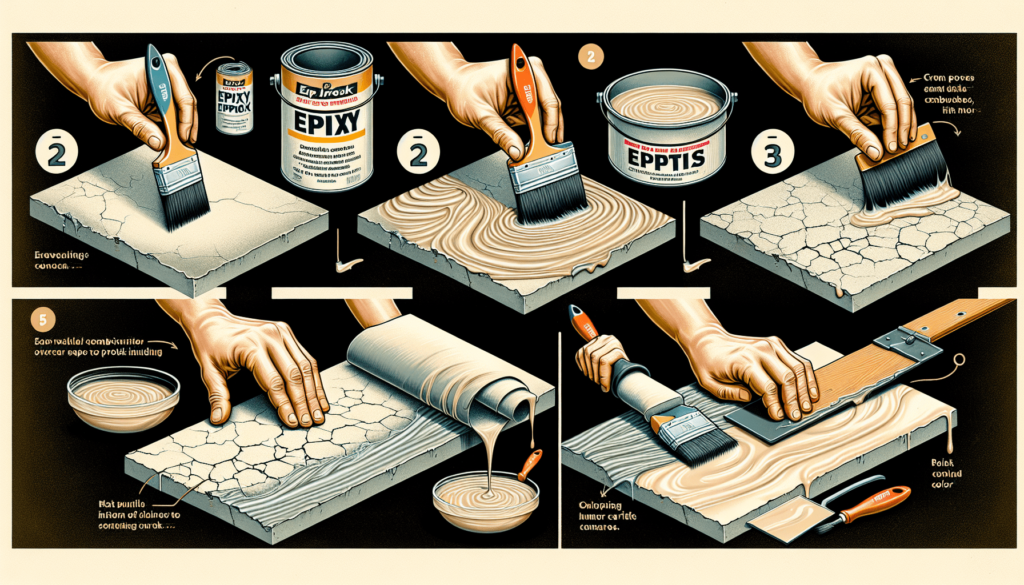
Priming the Surface
Priming the surface before applying epoxy is an essential step to ensure proper adhesion and enhance the longevity of the coating. This step involves applying a primer to create a bonding layer between the concrete, the existing paint, and the epoxy coating.
Importance of Primer
Priming the surface is crucial because it helps to seal and prepare the substrate, preventing any absorption of moisture from the concrete into the epoxy coating. Primers also promote better intercoat adhesion, increasing the bond strength between the existing paint, the primer, and the epoxy coating. By using a primer, you can ensure the durability and longevity of the epoxy coating on the painted surface.
Choosing the Right Primer
Selecting the appropriate primer for your specific application is vital for optimal results. Different types of primers are available, such as epoxy primers, moisture vapor emission reducers (MVERs), and high-build primers. Consider the condition of the painted surface, the environmental conditions, and the type of epoxy coating you plan to use when choosing the primer. Consult with a professional or the manufacturer’s guidelines to determine the most suitable primer for your project.
Application Tips and Techniques
When priming the surface, it is essential to follow the manufacturer’s instructions for the primer application. Ensure that the surface is clean, dry, and free from any contaminants before applying the primer. Use a brush, roller, or spray system as recommended by the manufacturer to apply the primer evenly. Allow the primer to dry fully before proceeding with the next steps of applying epoxy over painted concrete.
Applying Epoxy over Painted Concrete
Once the surface is properly cleaned, repaired, and primed, it is ready for the application of epoxy over the painted concrete. However, several key considerations must be taken into account to ensure a successful outcome.
Compatibility and Adhesion
Before applying epoxy over painted concrete, it is crucial to ensure that the existing paint is compatible with epoxy coatings. Some types of paint may not adhere well to epoxy, leading to delamination or bubbling of the coating. Conduct a compatibility test by applying a small patch of epoxy over the painted surface and observing the adhesion and curing process. If the epoxy adheres well and cures properly, it is safe to proceed with the full application.
Surface Evaluation
Evaluate the surface to determine if any further preparation steps are required. Inspect the painted surface for any remaining loose or flaking paint, cracks, or damages. If necessary, repeat the steps of removing loose paint and repairing any defects on the surface. The surface must be clean, smooth, and free from any contaminants before applying epoxy to ensure proper adhesion and a flawless finish.
Epoxy Application Techniques
The application of epoxy over painted concrete requires careful attention to detail and proper technique. Follow the manufacturer’s guidelines for mixing the epoxy resin and hardener in the recommended ratios. Stir the mixture thoroughly to achieve a homogenous blend. Begin applying the epoxy using a roller, brush, or squeegee, working in small sections to prevent the epoxy from drying before it is properly spread. Use a roller with a medium nap to distribute the epoxy evenly and achieve the desired thickness.
Drying and Curing Times
After applying the epoxy over the painted concrete, allow the coating to dry and cure according to the manufacturer’s instructions. Typically, epoxy coatings require several hours to dry but can take up to 24 hours to fully cure. Take care to avoid foot traffic or any heavy objects on the freshly coated surface until it has completely cured. Following the recommended curing times will ensure the durability and longevity of the epoxy coating.
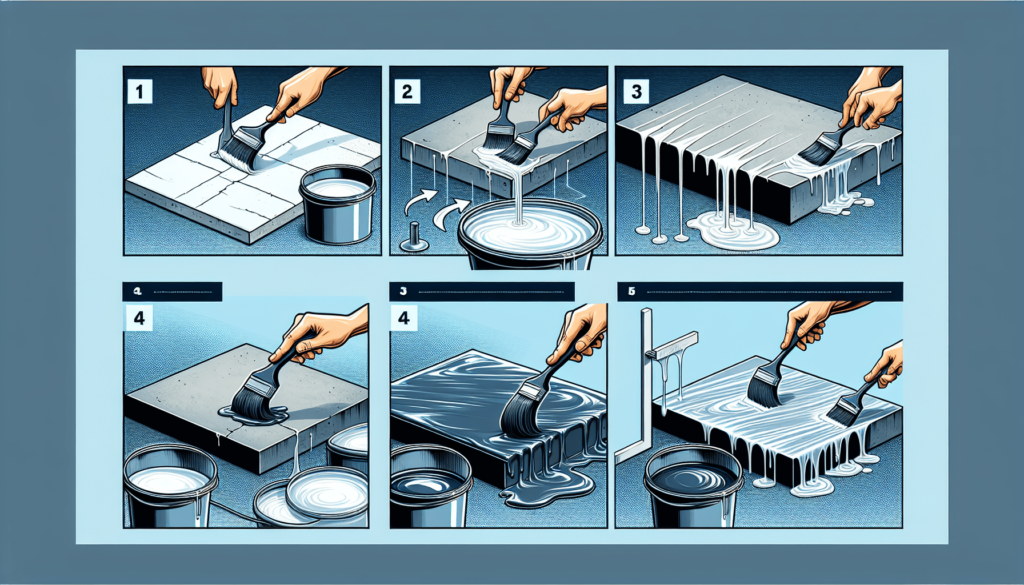
Considerations and Limitations
While epoxy over painted concrete can be an excellent solution for protecting and enhancing concrete surfaces, it is essential to consider certain factors and be aware of potential limitations.
Quality of Existing Paint
The quality and condition of the existing paint on the concrete surface play a significant role in the success of applying epoxy over painted concrete. If the paint is peeling, flaking, or in poor condition, it may not provide a suitable base for the epoxy coating. Ensure that the existing paint is well-adhered and in good condition before proceeding with the application of epoxy.
Thickness of Paint Layer
The thickness of the painted layer can impact the adhesion and performance of the epoxy coating. If the existing paint layer is excessively thick, it may hinder the proper bonding of the epoxy. Consider removing or significantly reducing the thickness of the paint layer before applying epoxy to ensure optimal adhesion and a long-lasting finish.
Condition of the Concrete
The condition of the concrete substrate is another crucial factor to consider when applying epoxy over painted concrete. If the concrete is cracked, crumbling, or structurally compromised, it may not provide a stable base for the epoxy coating. Repair any damages or defects on the concrete surface before applying epoxy to ensure a smooth and durable finish.
Potential Issues and Risks
While epoxy over painted concrete can be a successful solution, it is essential to be aware of potential issues and risks that may arise. Incompatibility between the existing paint and epoxy coating can lead to adhesion failures or surface defects. Additionally, improper surface preparation or application techniques may result in poor adhesion, bubbling, or delamination of the epoxy coating. It is recommended to consult with professionals or manufacturers to mitigate these risks and achieve the best results.
Benefits of Epoxy Over Painted Concrete
Opting for epoxy over painted concrete offers numerous benefits, surpassing the performance and aesthetics of traditional paint coatings.
Enhanced Durability
Epoxy coatings provide exceptional durability and longevity compared to traditional paint. They are highly resistant to abrasion, impact, and chemicals, making them ideal for high-traffic areas or industrial settings. Epoxy coatings can withstand heavy foot traffic, vehicle traffic, and extreme conditions, ensuring the longevity of the concrete surface.
Improved Aesthetics
Epoxy coatings offer a wide range of colors, finishes, and decorative options, allowing for endless customization possibilities. Whether you prefer a glossy, high-sheen finish or a more subtle matte appearance, epoxy coatings can transform the look of your concrete surface. Additionally, epoxy can be combined with various decorative additives such as flakes, metallic pigments, or aggregates to create unique and visually appealing designs.
Easier Maintenance
Compared to painted concrete, epoxy-coated surfaces are easier to maintain and clean. The smooth, seamless finish of the epoxy coating prevents dirt, oil, and stains from penetrating the surface, making it easier to remove any spills or contaminants. Regular cleaning with a mild detergent and water is all that is needed to keep the epoxy-coated surface in pristine condition.
Chemical and Stain Resistance
One of the most significant advantages of epoxy coatings is their high resistance to chemicals and stains. Epoxy coatings create a protective barrier that prevents chemical spills, oil, and other substances from penetrating the concrete surface. This resistance makes epoxy coatings particularly suitable for garages, workshops, laboratories, and other environments where chemical spills may occur.
Costs and Time Investment
When considering epoxy over painted concrete, it is essential to evaluate the costs and time involved in the process. Understanding the financial and time commitment can help you make an informed decision.
Material Costs
The cost of epoxy materials varies depending on the type of epoxy coating, the size of the project, and the specific requirements. Generally, epoxy coatings can be more expensive than traditional paint. However, considering the durability and longevity of epoxy, it can be a cost-effective solution in the long run, as it reduces the need for frequent maintenance and recoating.
Professional Installation vs. DIY
Deciding whether to hire professionals or undertake a do-it-yourself (DIY) approach depends on your level of expertise, time availability, and the complexity of the project. Applying epoxy over painted concrete requires precise surface preparation, mixing, and application techniques. Professionals have the knowledge, experience, and equipment to ensure a flawless application. However, if you feel confident in your abilities and are willing to invest time in learning the process, a DIY approach can be a viable option.
Timeframe for Completion
The timeframe for completing an epoxy over painted concrete project depends on the size of the area, the extent of surface preparation required, and the curing times for the epoxy coatings. Generally, the process can take several days, including surface preparation, priming, epoxy application, and curing times. Factor in additional time for cleaning and moving furniture or objects before starting the project.
Long-term Cost Savings
While the upfront costs of epoxy coatings may be higher than traditional paint, the long-term cost savings can make it a financially advantageous choice. Epoxy coatings offer superior durability and longevity, reducing the need for frequent maintenance, recoating, and repairs. Over time, the savings on maintenance and repairs can outweigh the initial investment in epoxy coatings.
Maintenance and Upkeep
To ensure the longevity and performance of epoxy-coated concrete surfaces, proper maintenance and ongoing care are essential. Implementing a regular maintenance routine will help preserve the appearance and functionality of the epoxy coating.
Caring for Epoxy-Coated Concrete
Avoid dragging heavy or sharp objects across the epoxy-coated surface, as this can cause scratches or damage the coating. Use furniture pads or protective mats to prevent any potential damage. Promptly clean up any spills or stains to prevent potential discoloration or damage to the coating. Avoid using harsh chemicals or abrasive cleaners that can degrade the epoxy. Instead, use a mild detergent and water solution for routine cleaning.
Cleaning and Stain Removal
Regular cleaning is essential to maintain the aesthetics and longevity of epoxy-coated concrete surfaces. Use a soft-bristle broom or a dust mop to remove loose debris and dirt from the surface. For routine cleaning, a solution of mild detergent and warm water can be used. Avoid using acidic or abrasive cleaners, as they can dull the surface or damage the epoxy coating. For tough stains, such as oil or grease, use an absorbent material such as cat litter or sawdust to soak up the spill, followed by cleaning with a suitable cleaner approved for use on epoxy coatings.
Periodic Maintenance
Periodic maintenance is recommended to ensure the continued performance and appearance of the epoxy coating. This maintenance may include applying a sacrificial wax or polish to enhance the shine and protect the surface. Follow the manufacturer’s guidelines for the specific maintenance product chosen. Additionally, periodically inspect the epoxy-coated surface for any signs of wear, scratches, or damages. Promptly address any repairs or touch-ups needed to maintain the integrity of the coating.
Repairing Damages or Scratches
If the epoxy-coated surface incurs scratches or damages, it is essential to address them promptly to prevent further deterioration. Small surface scratches can often be buffed out using a fine-grit sandpaper or a polishing compound designed for epoxy surfaces. For deeper scratches or damages, consult a professional to assess the extent of the damage and determine the appropriate repair technique. Proper and prompt repair ensures the longevity and performance of the epoxy-coated concrete surface.
Alternative Options for Painted Concrete
While epoxy coatings offer numerous benefits, they may not be suitable for every situation. It is essential to consider alternative options for painting concrete surfaces based on your specific needs and preferences.
Concrete Staining
Concrete staining is an alternative to traditional paint coatings, offering a unique and natural-looking finish. Stains penetrate into the concrete surface, creating variegated and translucent colors that enhance the beauty of the concrete. Stains are available in both acid-based and water-based formulas, each offering different characteristics and effects. Concrete staining provides excellent durability and resistance to fading, making it a popular choice for both interior and exterior applications.
Concrete Dyeing
Similar to staining, concrete dyeing involves imparting color to the concrete surface. However, dyes offer more vibrant and intense colors compared to stains. Concrete dyes are available in liquid form and penetrate into the concrete, creating a permanent and fade-resistant color. Dyeing provides excellent versatility and visual impact, allowing for various design possibilities and patterns.
Stamped Concrete Overlays
Stamped concrete overlays are a decorative alternative to traditional paint coatings. This technique involves applying a thin layer of polymer-modified cement overlay onto the existing concrete surface and imprinting it with desired patterns or textures. Stamped concrete overlays create the appearance of natural stone, brick, or other decorative finishes, enhancing the aesthetics of the concrete while providing protective and durable qualities.
Decorative Concrete Coatings
Decorative concrete coatings encompass a wide range of options, including epoxy, polyurethane, and acrylic coatings. These coatings offer various colors, finishes, and decorative additives to transform the look of plain concrete surfaces. Decorative coatings can be applied in multiple layers, allowing for intricate designs, textures, and patterns. They provide enhanced durability and resistance to abrasion, chemicals, and stains, making them suitable for both residential and commercial applications.
Conclusion
Choosing between epoxy and painted concrete requires a thorough understanding of the differences, benefits, and limitations of each option. While epoxy coatings offer enhanced durability, improved aesthetics, and easier maintenance, the decision ultimately depends on your specific requirements and preferences. Adequate surface preparation, precise application techniques, and ongoing maintenance are crucial for the success and longevity of epoxy over painted concrete. We recommend consulting with professionals to assess your concrete surface, discuss your needs, and determine the most suitable solution for your project.
